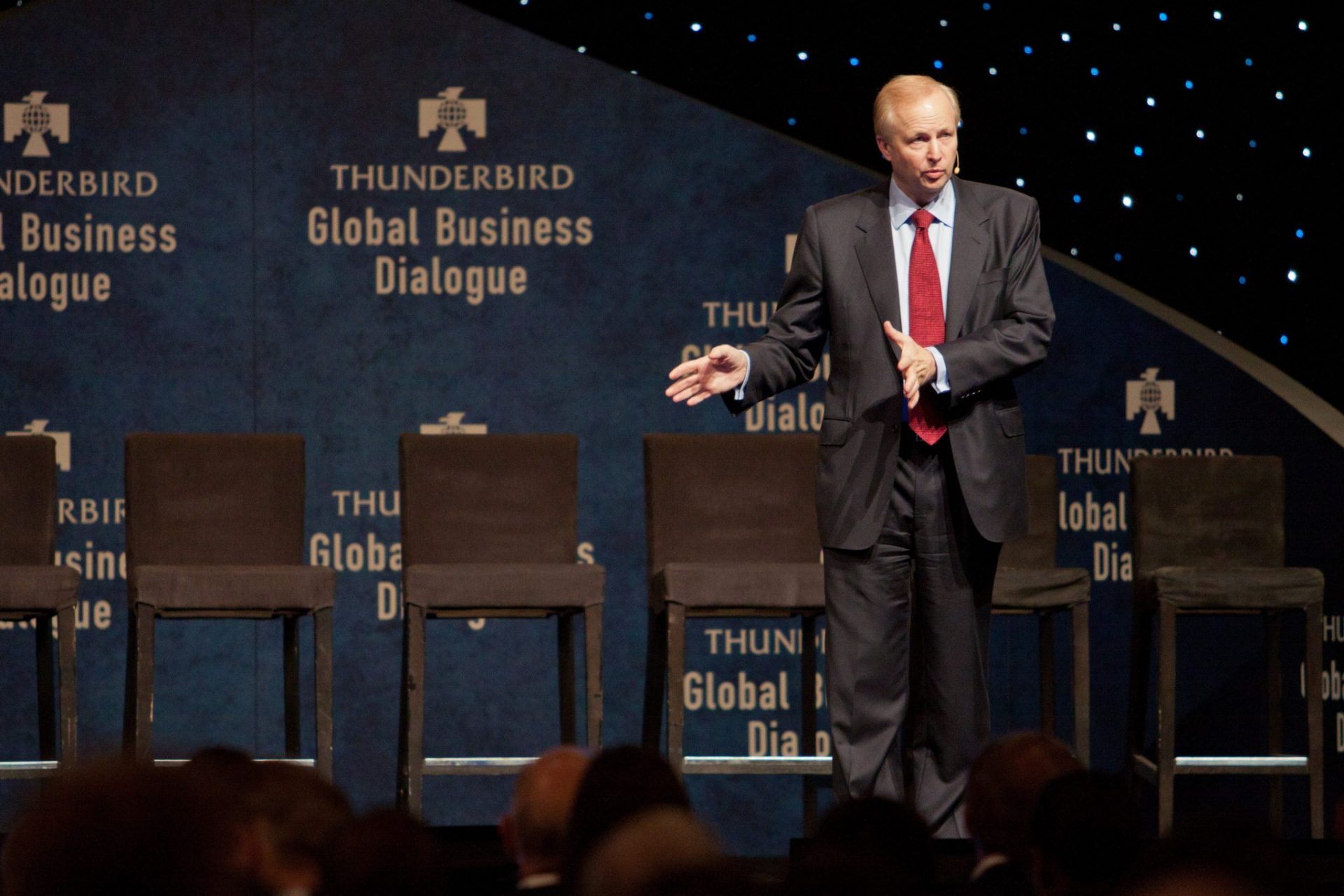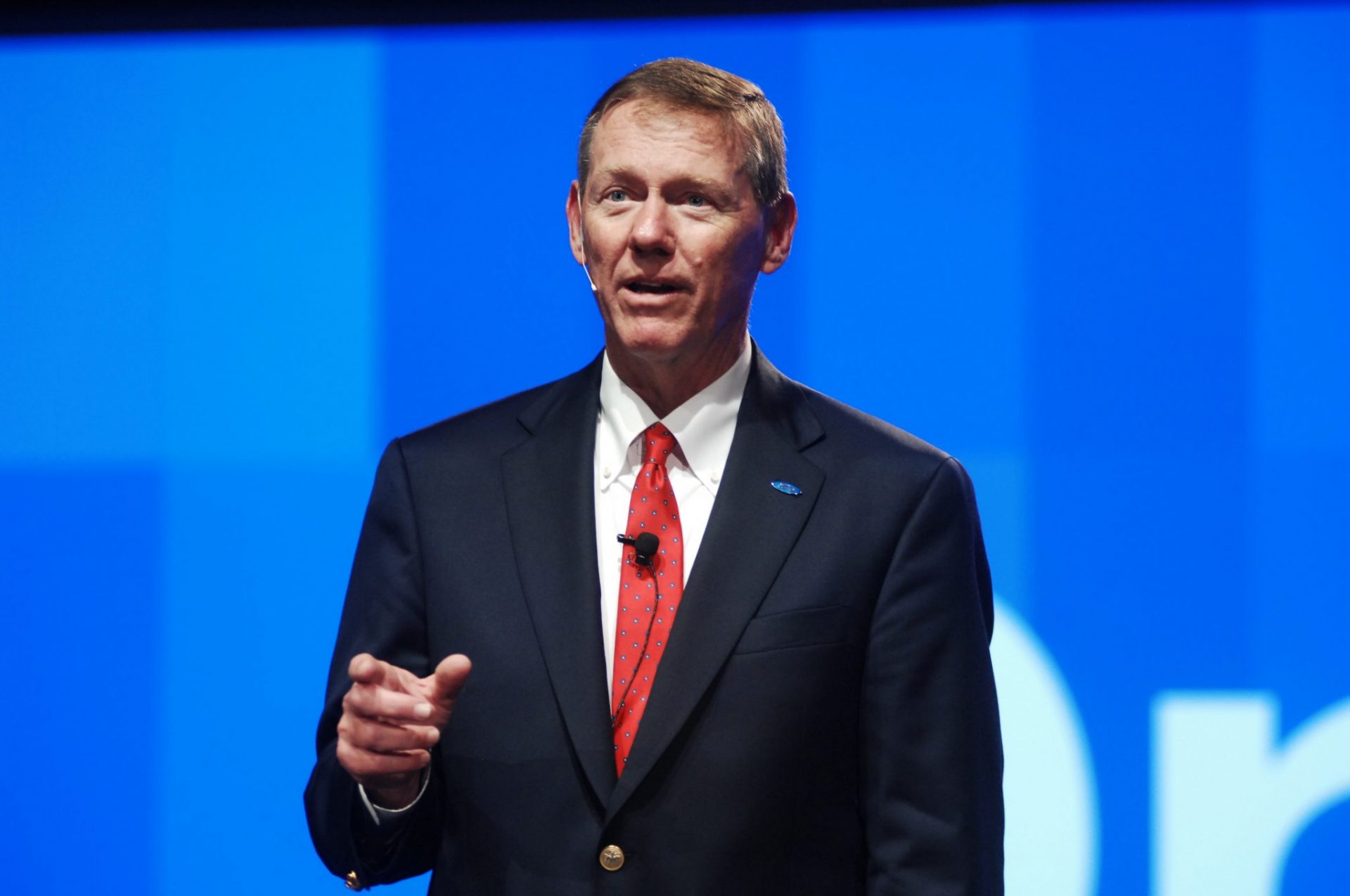Barack Obama and Oprah Winfrey have it, so does Narendra Modi. What is it in some leaders that makes us sit up and take notice? Simply put, executive presence is the ability of a leader/executive to make their presence felt, be it in an election campaign or an iPad product launch. While facilitating leadership workshops, we have had the good fortune to observe some wonderful leaders who demonstrate this quality, and here is our top 5 list of behaviours that they seem to possess.
- Grace under fire –
Sylvia Ann Hewlett in her excellent book Executive Presence terms “grace under fire” as one of the most valuable qualities demonstrated by leaders with executive presence. We have seen this multiple times in workshops – situations ranging from a sales leader rallying the troops in the midst of a dismal market scenario to a business leader poised to announce a big but painful organizational change. The ability to deflect stress and steely resolve set apart some leaders from the rest. One of the stories Hewlett uses is the stark contrast between British Petroleum’s charismatic CEO, Bob Dudley and his predecessor Tony Hayward (who lost his job after the Deepwater oil spill accident).Source: Flickr
Bob Dudley’s calm, reassuring presence in handling the PR disaster that followed the oil spill went a long way in repairing the damage done by his predecessor who wilted under the pressure of the situation. - Authenticity –
Think about one leader who you admire (and you feel has executive presence). Chances are that the person is someone you trust when you hear them speak. This doesn’t come naturally. Authenticity has to come from within, from a set of deeply personal values that you hold dear and make up your soul as a leader. Authenticity also comes from being completely comfortable in your own skin as an individual and being conscious of your true north.Source: Pixabay
We remember Gandhiji for his honesty and Winston Churchill for his steely resolve because they seized every opportunity they got to demonstrate that quality to great effect. - Decisiveness –
A leader with executive presence is one to whom people would turn to in a crisis – someone they would trust with making the right choice for them. Decisiveness and speed of decision making play crucial roles here. Successful leaders know that they would never have the luxury of taking decisions under an ideal set of circumstances. Alan Mullaly, the CEO of Ford is a case in point. When he took over at the helm in 2006, the business was in dire need of a turn around.Source: Flickr
Instead of proposing major changes, his approach was to quickly identify the decisions that would be crucial to the company’s future and dedicate his own time and the company’s best resources to making those calls correctly. Leaders with executive presence accept and thrive in the knowledge that they would have to make decisions quickly basis incomplete information and analysis they are presented with in the shortest possible time. In many cases, making the 80% accurate decision faster is better than making the 100% accurate one late! Great leaders seem to be exceptionally good at seizing crucial moments to demonstrate this ability. - Inspiring a vision –
We have been fortunate to interact with leaders who are masters at this art – individuals who have been able to inspire their teams to believe in seemingly impossible goals, be it a business leader announcing a revenue growth plan of 10x revenue in 10 years or a Supply Chain leader laying down a near impossible zero defect target. One of the things that has worked for them is their ability to connect a larger goal to individual goals – they start with the “Why” and then get to the “What” Of the goal. In recent times, Ellen Kullman, the first woman CEO of Dupont scripted a remarkable turnaround of the company after announcing significant strategy shifts by positioning nutrition and agro science as future growth drivers instead of the traditional chemicals.The fact that she was able to deliver a more than 24% ROI to shareholders in the first three years of her tenure is a strong testimony to her ability to get the entire organization rallied around her vision.
- Effort to appear effortless! –
The theory that leaders are born is over rated! Most successful leaders whom we interact with work religiously on improving themselves. Margaret Thatcher, the Iron Lady of Great Britain, took coaching on lowering her tone of voice deliberately to “sound like” a leader. Leaders with executive presence also practise their art diligently in honing their communication skills. They also know their domains very deeply – hence making them look effortless while making presentations. They seem to use less PowerPoint slides and shun large data being shown in their presentations (they however are thoroughly familiar with the data). They also put in effort to maintain consistency and look the part – Think about the number of times you have seen Steve Jobs deliver brilliant product launches in his traditional black turtleneck and jeans.Even his dressing became a symbol of his executive presence. If Steve was in his favourite outfit, everyone in the room knew that there was something big on the horizon from Apple!
What is your list of qualities that a leader with executive presence possesses? Do join the conversation.

 Source:
Source:  Source:
Source:  Source:
Source:  The fact that she was able to deliver a more than 24% ROI to shareholders in the first three years of her tenure is a strong testimony to her ability to get the entire organization rallied around her vision.
The fact that she was able to deliver a more than 24% ROI to shareholders in the first three years of her tenure is a strong testimony to her ability to get the entire organization rallied around her vision. Even his dressing became a symbol of his executive presence. If Steve was in his favourite outfit, everyone in the room knew that there was something big on the horizon from Apple!
Even his dressing became a symbol of his executive presence. If Steve was in his favourite outfit, everyone in the room knew that there was something big on the horizon from Apple!